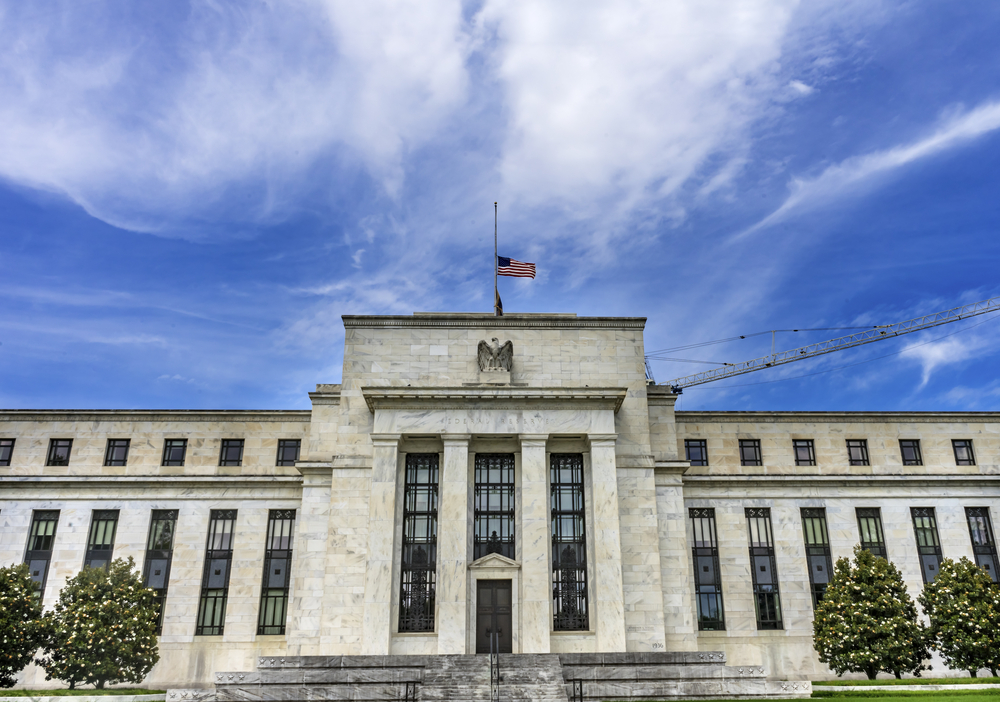
Monetary Policy & Inflation | US

Monetary Policy & Inflation | US
This article is only available to Macro Hive subscribers. Sign-up to receive world-class macro analysis with a daily curated newsletter, podcast, original content from award-winning researchers, cross market strategy, equity insights, trade ideas, crypto flow frameworks, academic paper summaries, explanation and analysis of market-moving events, community investor chat room, and more.
The Fed has turned more hawkish over the past two weeks, despite a slowdown in MoM core CPI (Table 1). The minutes showed the Fed turning less optimistic on supply side gains, less concerned by downside economic risks, and more concerned by risks the policy rate was not high enough.
The minutes stated, ‘Although monetary policy was seen as restrictive, many participants commented on their uncertainty about the degree of restrictiveness. These participants saw this uncertainty as coming from the possibility that high interest rates may be having smaller effects than in the past, that longer-run equilibrium interest rates may be higher than previously thought, or that the level of potential output may be lower than estimated.’ This aligns with data showing a poor transmission of Fed tightening to the real economy (Charts 13-16).
Most importantly, the minutes revealed FOMC discussion of a possible move to a tightening bias, ‘Various participants mentioned a willingness to tighten policy further should risks to inflation materialize in a way that such an action became appropriate.’
This increased hawkishness came after a lower April CPI than in March, which reflects factors such as:
Recent polls continue showing presidential candidate Donald Trump in pole position, with the Republicans very likely to gain the Senate and likely to keep the House. In such an instance Trump would likely implement policies that would raise inflation and possibly growth.
The Fed likely does not want to find itself with an easing bias following a Trump victory. The Fed also moves slowly – it cannot go straight to a neutral bias from three 2024 cuts. As a result, it is likely to gradually remove the three 2024 cuts pencilled in the March SEP. I expect the June SEP median dot to show only one cut.
I still expect no cut in 2024 and the market has moved closer to my view. It currently prices 1.2 cuts by end-December, against two cuts two weeks ago.
.
.
Spring sale - Prime Membership only £3 for 3 months! Get trade ideas and macro insights now
Your subscription has been successfully canceled.
Discount Applied - Your subscription has now updated with Coupon and from next payment Discount will be applied.